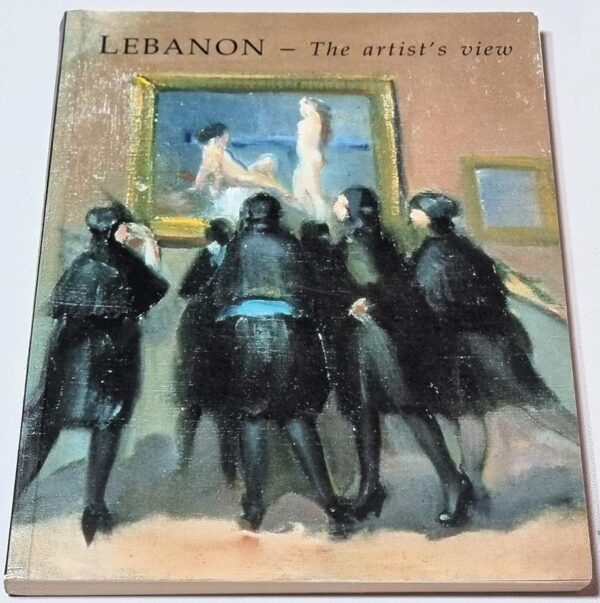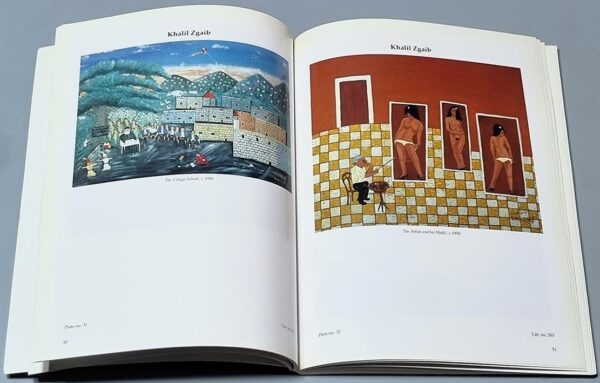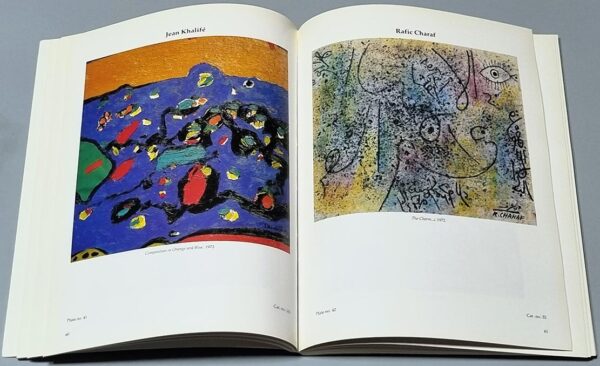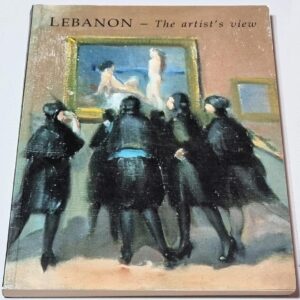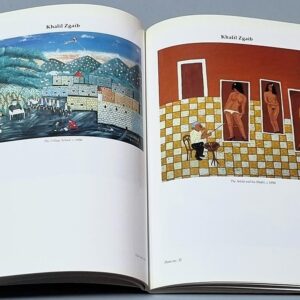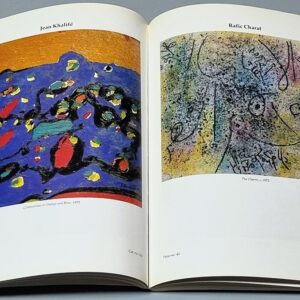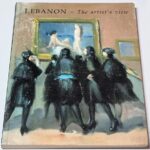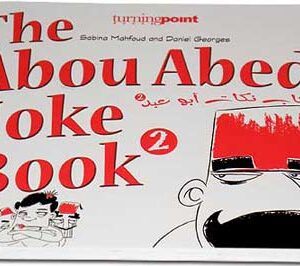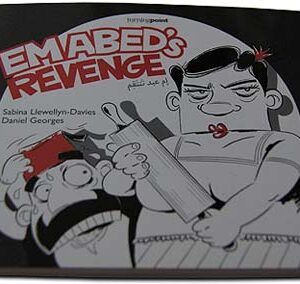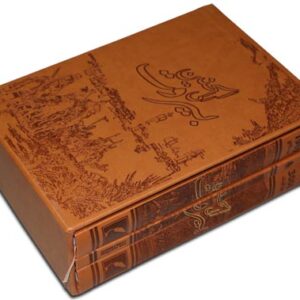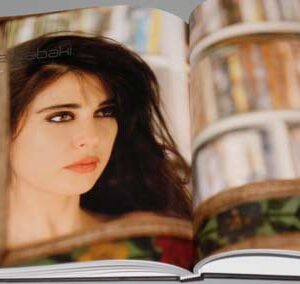Lebanon – The Artist’s View – 200 Years of Lebanese Painting
$ 240.00
Lebanon – The Artist’s View – 200 Years of Lebanese Painting.
- Description
- Shipping & Return
Description
LebanonPostcard presents the rare book Lebanon – The Artist’s View – 200 Years of Lebanese Painting.
Concourse Gallery – Barbican Centre – Tuesday 18th April – Friday 2nd June 1989 – The British Lebanese Association.
Softcover book, 27×21 cm, 180 pages (Used but like new from the inside)
A long-standing artistic tradition
CAMILLE ABOUSSOUAN
Although the first primitive forms of sculpture in Lebanon – arrowheads, shaped flints and stone axes – date from prehistoric times, only very few cave paintings have survived. However, even in the remotest antiquity, engraved ivory and paintings on terracotta show the beginnings of a mastery of form and colour.
Even the animal figures dating from that period wild boars, hippopotamuses, sheep, goats, hedgehogs, cats, ducks, doves and other birds – make up a precious and engaging collection.
Bronze and precious metals inscribed with representations of gods, people, animals and the letters of the first alphabet, the harbinger of universal communication, predate the Lebanese coinage, which was among the earliest in the world, with its depictions of lions, bulls, deer, horses, panthers, dragons, snakes, dolphins, seahorses, bees, eagles, owls, seashells, flowers, triremes and chariots – all of them exquisite works of art.
The recent Phoenician Exhibition at the Palazzo Grassi in Venice revealed for the first time to the world at large the extraordinary breadth of the sensibility of the Near Eastern seaboard, which embraced everything from navigation to trade, from iridescent glasswork to bracelets and necklaces of gold and silverwork, and the shaping of stone and iron.
The family tombs of Sidon and Tyre contained multicoloured frescoes depicting Oriental and Mediterranean mythology, jewels, mirrors and exquisitely fashioned artefacts of everyday life. Surely the delightful statuettes of Kharaïeb are the Tanagra figurines of Lebanon!
Later on, artists were to express themselves through icons, miniatures, magnificent Arabic calligraphy, illumination, woodwork carved with flowers and a profusion of geometrical motifs. Emir Fakhreddine, the illustrious Prince of Lebanon, on his return from Florence and Venice, those jewels of the Renaissance, was to introduce such artistic architectural features as foliate balconies, ornate arcades and house walls, and a tradition of creative craftsmanship using gold thread, brocade and velvet.
The Age of Enlightenment through travellers to the Orient (themselves the descendants of pilgrims to Jerusalem) and through the gifts bestowed by the kings of the Western world on certain monasteries and friendly noble families – was to create a taste for secular painting following the spread of religious painting.
In the nineteenth century, the houses of well-to-do patrician and bourgeois families were adorned with landscapes, still lifes and smiling women.
It is now several decades since the Nicolas Ibrahim Sursock Museum in Beirut first opened its doors to abstract painting which was to prove a major influence on our own times. A number of precursors are represented in its collections. Not all of them, however, are included, just as there are some good painters who do not feature in the present exhibition in London.
Twenty years ago the first major Lebanese exhibition was held in Brussels; it was to mark the beginning of a tradition. In the early years of the century Gibran Khalil Gibran, an admirer of Rodin, was to make a name for himself in Boston and New York, transposing to a modern setting the inspiration of Lebanon: the distant white mountain peaks sighted by pilgrims who came by sea and by caravans approaching from the Orient.
Camille Aboussouan
Former Ambassador of Lebanon to UNESCO
LebanonPostcard will be responsible for sending the book you order, through a fast courier with a tracking number, guaranteeing reception of the package. The souvenirs may take three to five days to arrive, according to the country they are sent to.

